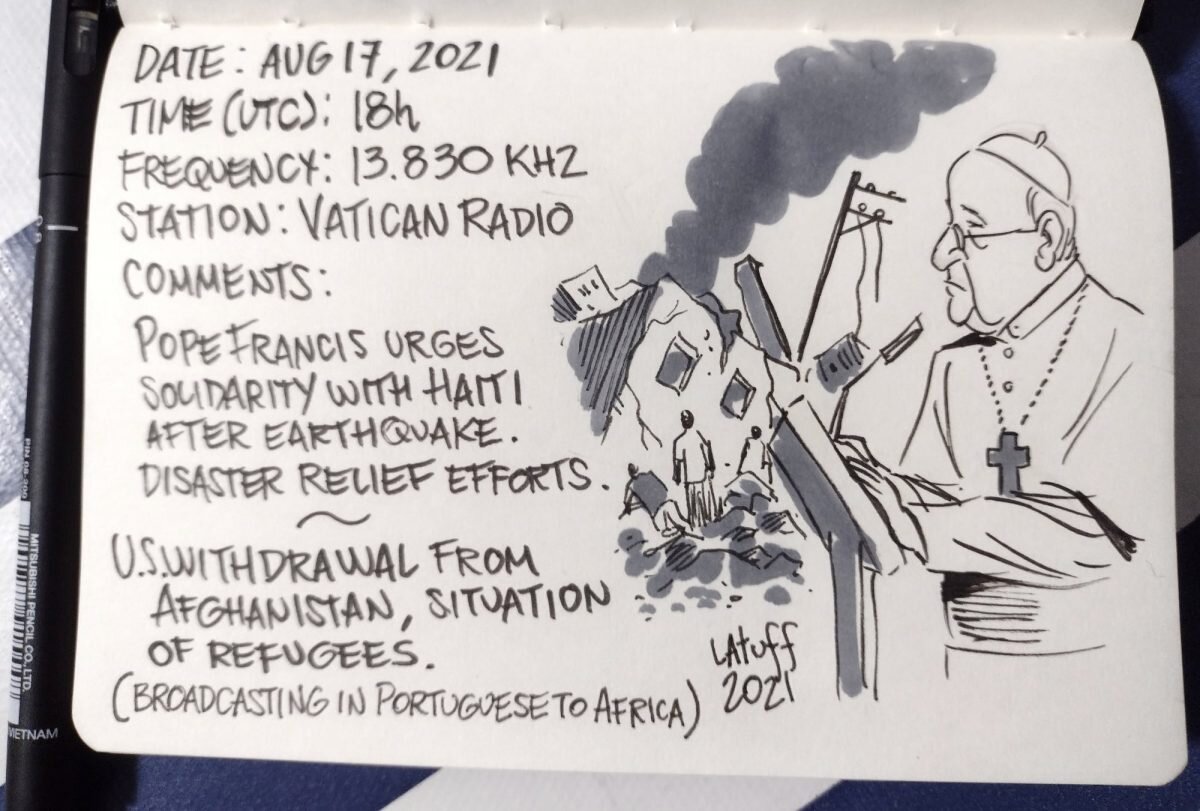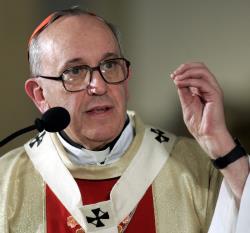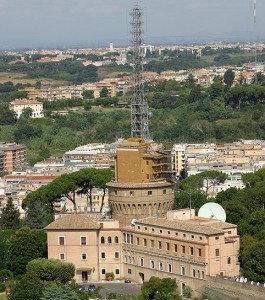Of course, I can find information about the new Pope from any one of two million different online sources, but it did surprise me that Vatican Radio wasn't better prepared for this event. I even wondered if there was a different broadcast running on a consecutive frequency, so I checked; all were identical, however.
Still, the radio archivist in me can't help but experience some appreciation of the confusion on the airwaves. After all, this is a genuine piece of radio history and a fascinating thirty minutes of audio in the wake of a big decision.
In my mind, I envision the Vatican Radio staff frantically stirring to assemble news--for which they had no advance notice--regarding the new Pope. No doubt, the CNNs, BBCs, and Al Jazeeras of the world had pre-prepared material on each of the papal candidates. When the white plume of smoke announcing the election was first spotted, these broadcasters were likely more than ready to pull out the appropriate material and publish.
Perhaps this is not how Vatican Radio usually operates. Indeed, I suspect their live feed of events experienced a technical difficulty which they have, no doubt, since resolved. And for what it's worth, their website was appropriately up-to-date.
History: sometimes bumpy, but always fascinating. Especially on the airwaves.













